
2024 ENR Top 500 Design Firms List: WGI Ranks #171
WGI was ranked in the top 200 for the tenth consecutive year by Engineering News-Record (ENR) on their Top 500 Design Firms List for 2024.
Learn from award-winning professionals — explore our whitepapers, blogs, and the latest industry updates.
Join our dynamic organization of engineers, land surveyors, landscape architects, environmental scientists, and architects!
Talk to a market leader today! We’ll answer any questions you have about our professional services.
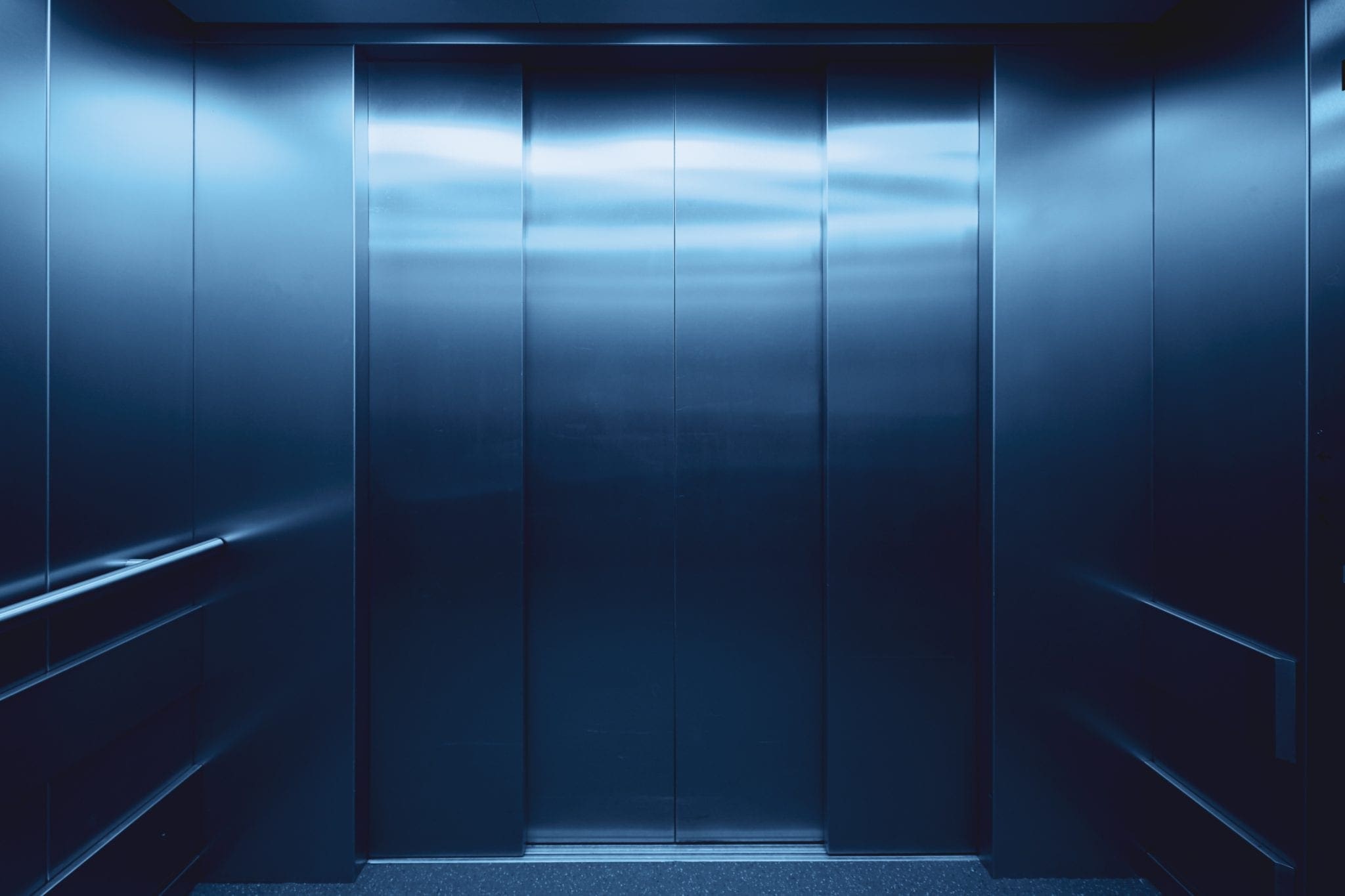
Elevator related code requirements are set forth in ASME A17.1 “Safety Code for Elevators and Escalators”, CSA B44 “Safety Code for Elevators”, as well as The Texas Department of Licensing and Regulations. The code is published by the American Society of Mechanical Engineers and is a widely accepted and recognized handbook in the building code and engineering industries.
ASME A17.1/CSA B44 requires that all elevator pits for elevators that have Firefighters’ Emergency Operation, be provided with a drain or sump pump. The pit drainage shall be designed to remove a minimum capacity of 3,000 gallons per hour (or 50 GPM) per elevator car.
Where this elevator waste is discharged to (and how it is treated) is a different story, that is most often dictated by the Authority Having Jurisdiction. The jurisdiction will outline whether the discharge is routed to a sanitary sewer or storm system, whether it is directly or indirectly connected, or if additional protection (such as oil/water separation or an oil-sensing alarm) is required.
In the City of Austin, elevator discharge must comply with the requirements set forth by the City of Austin Industrial Waste Department. This department will review substantially complete plans to verify that elevator discharge is compliant with their standards. Official sign-off is required from Industrial Waste prior to the issuance of a building permit.
Some pertinent City of Austin Elevator Discharge requirements are as follows:
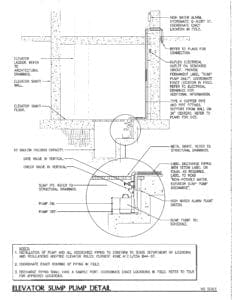
In summary, the requirements for drainage of elevator pits is dictated by ASME A17.1 “Safety Code for Elevators and Escalators”, CSA B44 “Safety Code for Elevators”, as well as The Texas Department of Licensing and Regulation. The authority having jurisdiction will provide mandates outlining the requirements for the discharge and treatment of the elevator waste. It is important to factor in review time necessary for the Jurisdiction’s Industrial Waste/Pretreatment Review as this process can often take weeks to complete and approval is necessary prior to permit issuance.
Your project needs Mechanical, Electrical, and Plumbing Engineers who have done this before. Our MEP team has completed the HVAC, electrical, and plumbing design for hundreds of apartments, office buildings, and related development projects. Contact us today to learn how we can help make your next project a success.

WGI is a national design and professional services firm leading in technology-based solutions for the construction of public infrastructure and real estate development. At WGI, we’re providing Tomorrow’s Infrastructure Solutions Today.

WGI was ranked in the top 200 for the tenth consecutive year by Engineering News-Record (ENR) on their Top 500 Design Firms List for 2024.
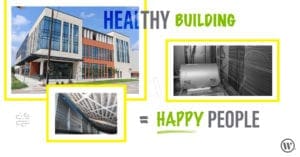
How Adding UV-C Lighting And Needlepoint Bipolar Ionization To Your Building’s HVAC System Can Help Your Tenants Breathe A Sigh Of Relief When Returning To The Workplace

There are many paths to the PE exam, and it is important that you prepare for this exam with your own obligations and experiences in mind. See Casey’s tips for passing the exam!

WGI makes a very significant 41-spot jump from last year’s Hot Firm ranking of #76.
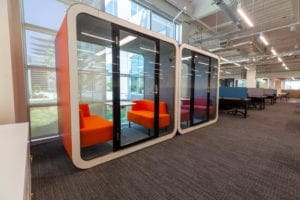
Discover the benefits of having a CxA consultant involved in your project.
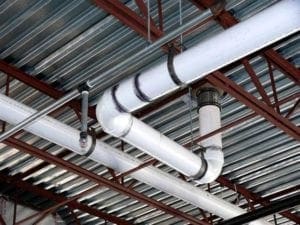
WGI’s MEP Engineering team can help an owner/developer understand the pros and cons of the selection of drainage material in construction.
You’ve been searching for a place like WGI. We look forward to meeting you soon.
Sign up to receive emails to hear our latest news and achievements in our monthly newsletter.
Enter your zip code, and we’ll personalize your experience with local projects, office locations, team members, and more.
WGI supports its associates with meaningful opportunities for growth, strong benefits and perks, while we work collaboratively with clients and co-consultants to shape and improve communities.






WGI is a dynamic organization with opportunities nationwide for engineers, land surveyors, landscape architects, environmental scientists, and architects.